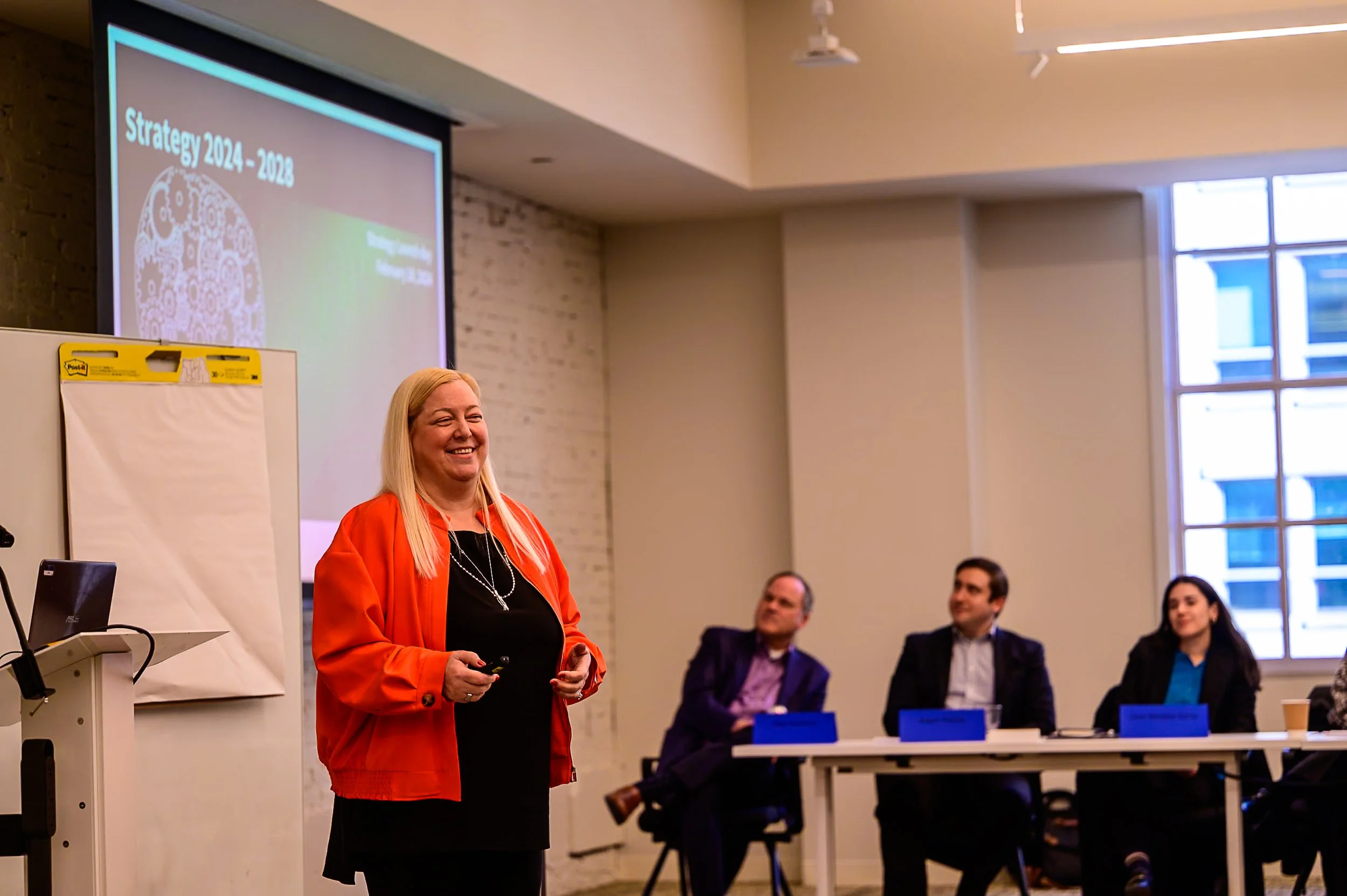Engaging in National Preparedness Month
This September marks the 10th anniversary of the 9/11 attacks. This September also marks the 7th annual National Preparedness Month (NPM), sponsored by the Federal Emergency Management Agency (FEMA) Ready campaign. NPM encourages Americans to take simple steps to prepare themselves for the unexpected such as a natural disaster or an attack on our homeland.
This message of preparedness is more important than ever. In this past month alone, we in the Washington DC metro area have experienced a slew of unforeseen events, including an earthquake, hurricanes, tornado watches, and a possible threat to our national security in the form of a September 11th anniversary attack. In my past few months working within the Department of Homeland Security I have come to realize what difference a few simple steps toward preparedness could make to anticipate any negative effects these hazards have the potential to cause.
At Arc Aspicio, we are committed to preparing both ourselves and our company for any emergency. Two weeks ago, our company participated in a Continuity of Operations Plan (COOP) exercise to practice the emergency procedures outlined in our company’s COOP. We activate the COOP when a disaster occurs that threatens the safety of employees and/or their ability to complete work for our clients. Using our procedures, we take steps to validate our location, work status, and safety. Through this exercise we tested how we at Arc Aspicio would react in an emergency situation.
During the exercise and in the lessons learned meeting after its completion, our team identified a number of areas in which we could further develop Arc Aspicio’s emergency preparedness. While all employees were accounted for within an hour and fifteen minutes of the COOP being activated, the complexity and length of the COOP document made it difficult to follow in urgent situations. We are currently working to create an addendum to the COOP that provides a simple checklist of steps in the event of COOP activation. We also discussed using multiple methods of communication to reach everyone quickly (work and personal e-mails, text messaging, Skype, and our internal SharePoint site). Our company’s ability to account for everyone during this exercise and our proactive pursuit to improve our procedures is a testament to both our commitment to emergency preparedness and our concern for the safety of our fellow coworkers. I feel certain that if an emergency were to occur I would be readily prepared to handle the situation because of the skills I learned during Arc Aspicio’s exercises.
We encourage you to also participate in NPM by preparing yourselves for the unexpected. For ideas of how to prepare yourself, your family, your business, and your community, please visit www.ready.gov. Consider signing your company up for membership in the NPM Coalition at community.fema.gov.





















